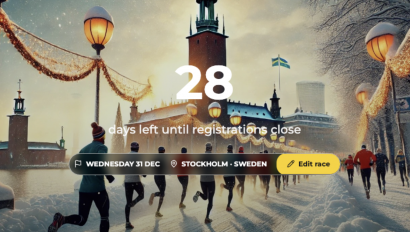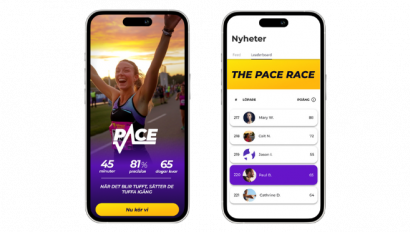The Top 5 Communication Mistakes that Race Organizers Make

Communication is key when it comes to organizing a successful race. Whether it’s a local charity, 5K or a large-scale marathon, effective communication can make or break the event. Unfortunately, many race organizers make communication mistakes that lead to confusion, frustration, and even safety concerns with participants. In this blog article, we’ll explore some of the biggest communication mistakes that race organizers make and provide useful tips on how to avoid them.
1. Lack of Clarity
One of the biggest communication mistakes that race organizers can make is a lack of clarity. This includes unclear instructions, confusing course maps, and vague event information. If participants don’t know where to go or what to do, it can lead to, at worst, chaos and at best, frustration. To avoid this, organizers should be clear and concise in their communication, using simple language and providing detailed instructions. Maps and other visual aids can also be helpful in ensuring that participants understand the course and where to go.
2. Inconsistent Communication
Another common communication mistake is inconsistency. Participants need to have consistent and reliable information about the race, including start times, course details, and safety instructions. If the information is not consistent across all channels, such as social media, emails, and signage, participants may become confused or miss important updates. To avoid this, organizers should develop a communication plan and ensure that all information is consistent across all channels. Handily, if you need it, we have our downloadable communication plan.
3. Poor Timing
Timing is everything when it comes to race communication. If organizers wait too long to communicate important details, participants may not have enough time to prepare or make necessary arrangements. On the other hand, if organizers communicate too early, participants may forget or become disinterested. It’s important for organizers to find the right balance. This means communicating at appropriate times throughout the planning process.
4. Neglecting Social Media
Social media is a powerful communication tool for race organizers. It can be used to build excitement leading up to the event. However, some (many) organizers neglect social media or don’t use it effectively. This can lead to missed opportunities to engage with potential participants and build a strong community. Organizers should have a social media strategy and regularly post updates, photos, and other content to keep participants engaged and excited about the race.
5. Lack of Accessibility
Finally, a lack of accessibility can be a significant communication mistake. Participants with disabilities or who speak languages other than English may need additional information or accommodations to participate in the race. If this information is not provided or accessible, it can exclude certain participants and lead to a negative experience. Organizers should ensure that all communication is accessible to all participants. They should also provide additional information or accommodations as needed.
In conclusion, effective communication is essential for race organizers to ensure a successful and safe event. By avoiding these top 5 common communication mistakes, organizers can create a smooth and positive experience for all participants. Make sure your communication is clear and consistent, be mindful when you share information, use social media, and provide additional information to participants that may need it.


